Unless you’ve trained professionally as an electrician, you probably don’t have a clue about how the electricity in your house works. There’s nothing wrong with that because that’s what electricians are for, but it’s wise to at least get familiar with how to diagnose electrical problems. So, to avoid leaving faulty electricity in your house, which could potentially cause a house fire, here are some common electric mistakes that are dangerous to ignore.
Improperly Grounded Outlets
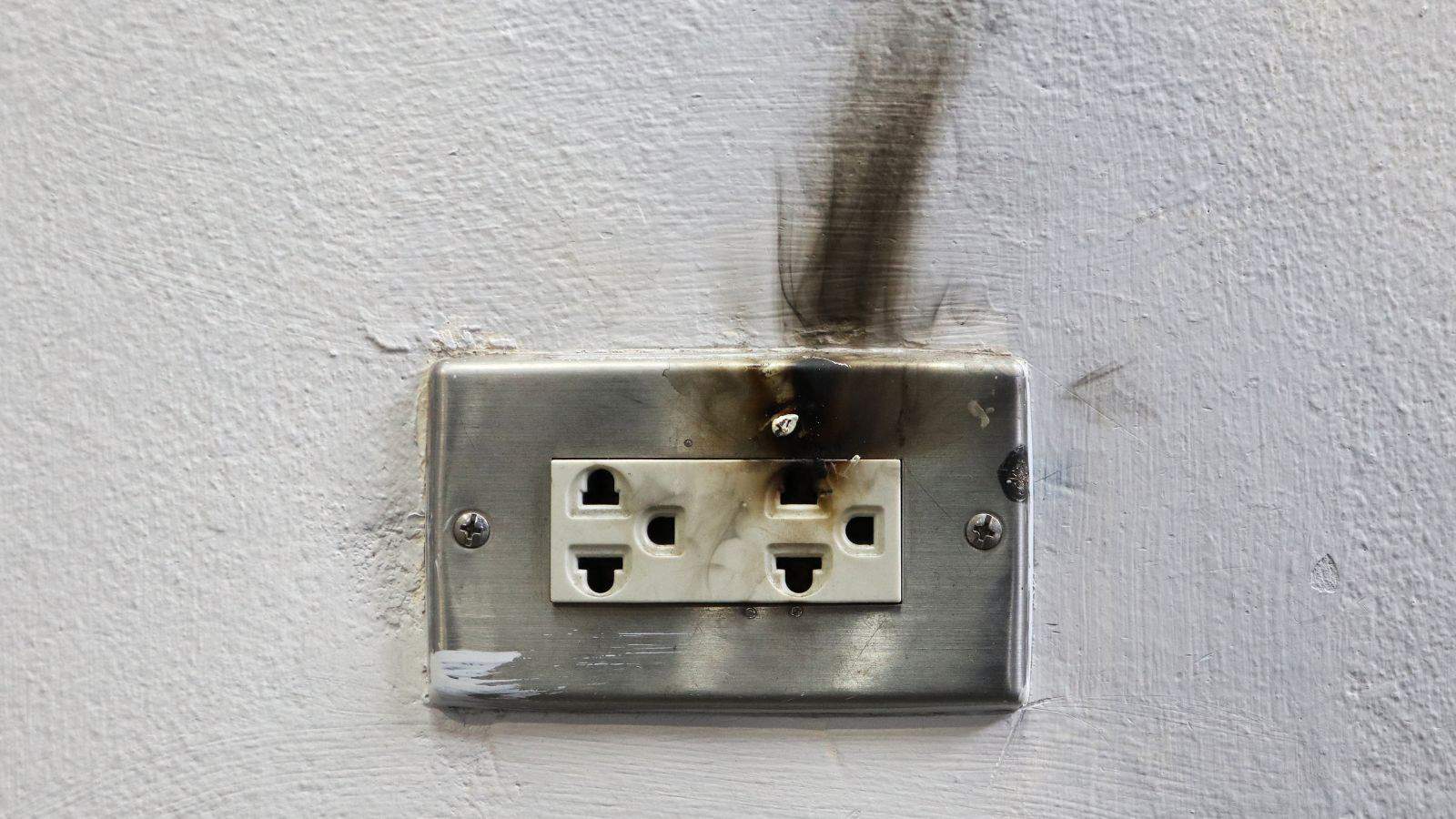
Firstly, you should never ignore outlets that aren’t grounded correctly, as these can pose a serious long-term hazard. Without grounding, electricity has nowhere to escape safely, increasing the risk of arcs, shock, or fire. In contrast, correctly grounded outlets ensure that stray currents are diverted harmlessly, so it’s essential to double-check that all outlets are securely grounded. If you don’t know where to even begin, it’s time to get an electrician to pay a visit to your home.
Overloaded Power Strips
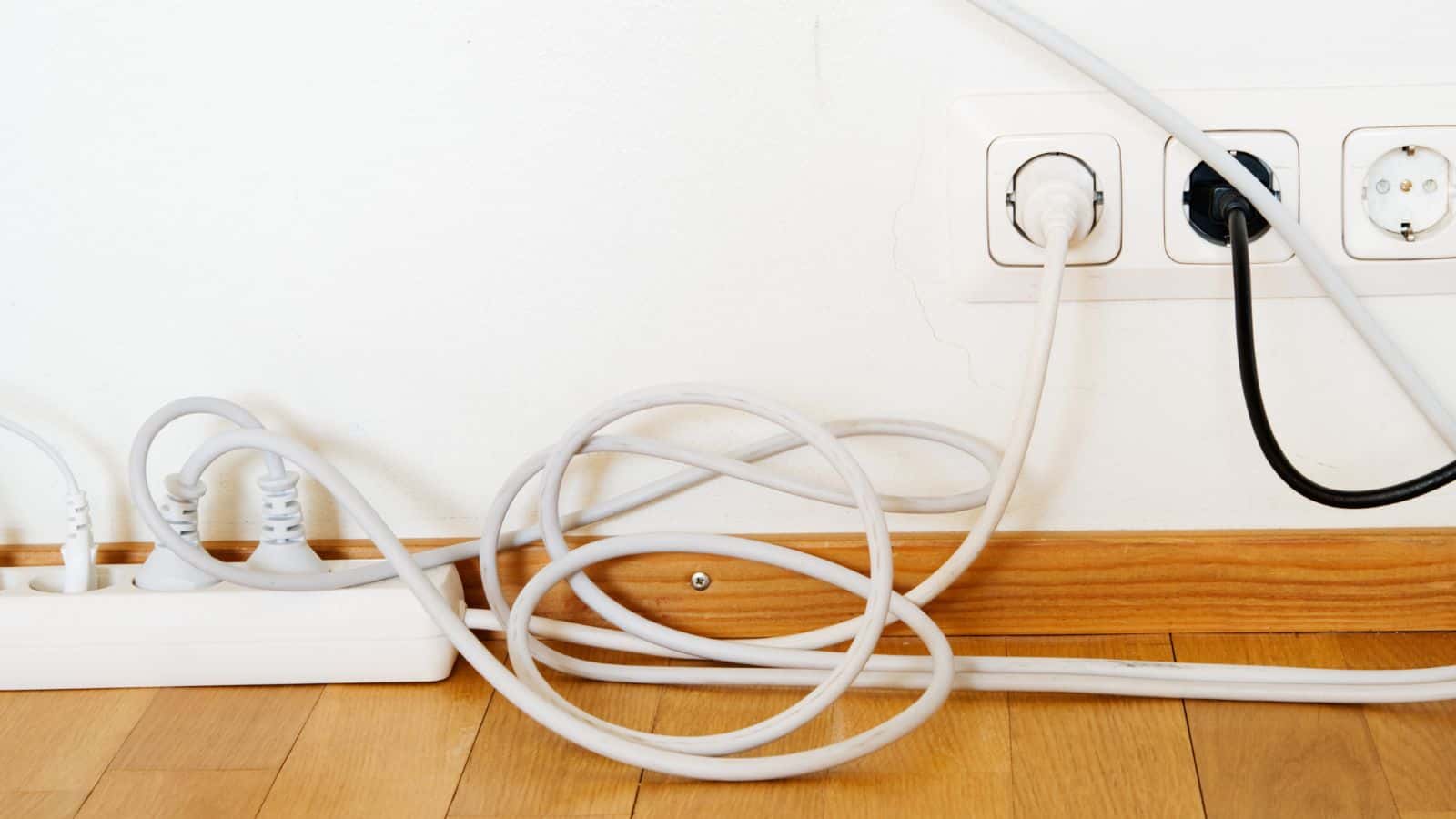
It’s shockingly common for Americans to overload power strips. When too many devices plug into one strip, it can exceed the strip’s capacity, leading to overheating and potentially starting a fire. Each power strip has a limit, so be cautious and spread out high-energy devices across multiple outlets instead of relying on one strip.
Mixing Aluminum and Copper Wiring
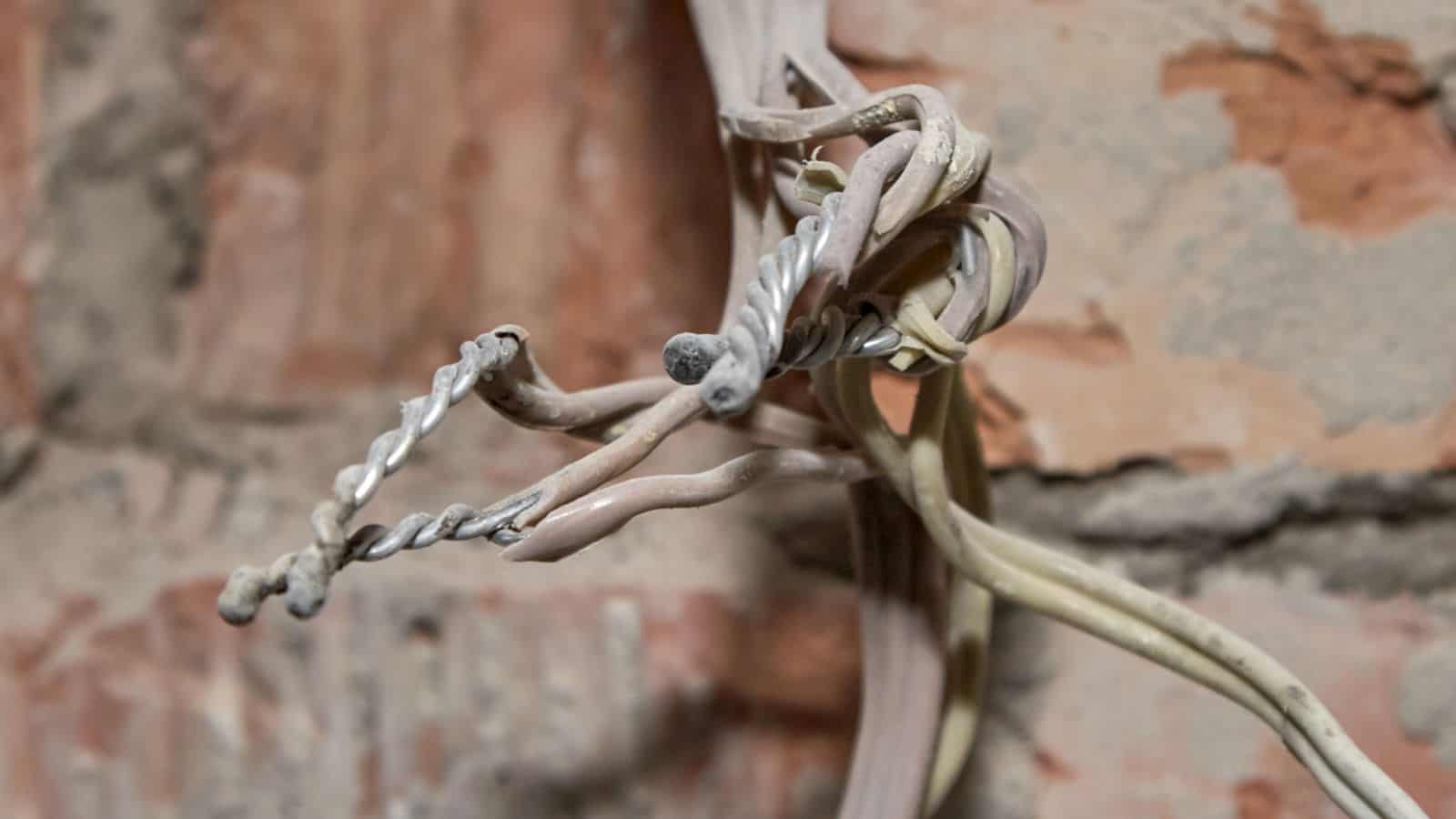
Even if you know what you’re doing with electricity and have tried your hand at some DIY, remember: combining aluminum and copper wires is a recipe for trouble. These metals expand and contract at different rates, which can loosen connections over time and increase fire risk. Ultimately, loose connections will create sparks, heightening danger, so don’t get lazy–use the correct types of wire.
Ignoring GFCI Protection
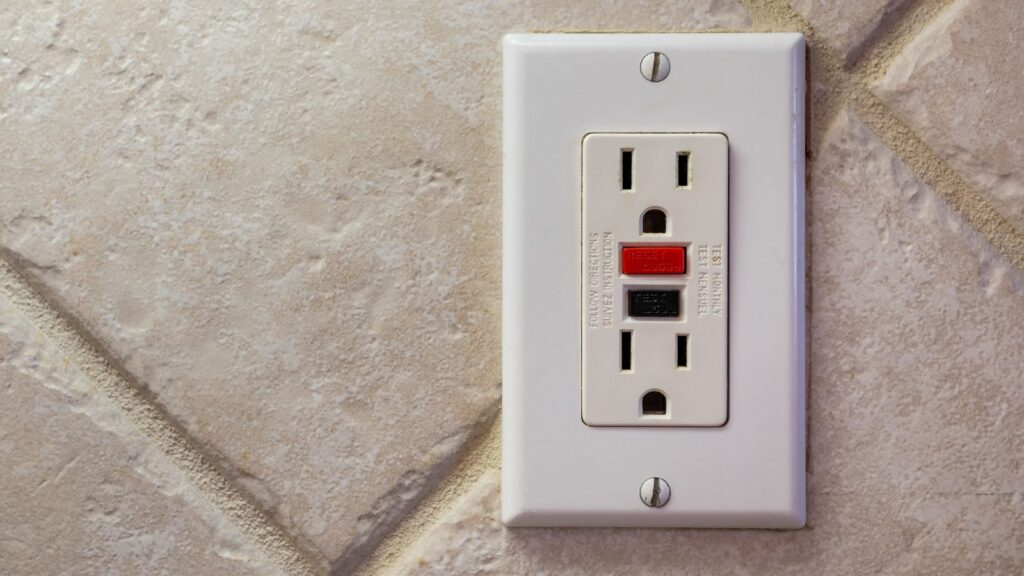
Bathrooms, kitchens, and outdoor areas all require Ground Fault Circuit Interrupters (GFCIs) to protect against moisture-related shocks. If you ignore this protection, it can be incredibly dangerous, as GFCIs cut power quickly when they detect water contact, preventing shocks. It’s not just about code compliance—it’s about safety in high-risk, moisture-prone areas where accidents can happen.
Using Extension Cords Permanently
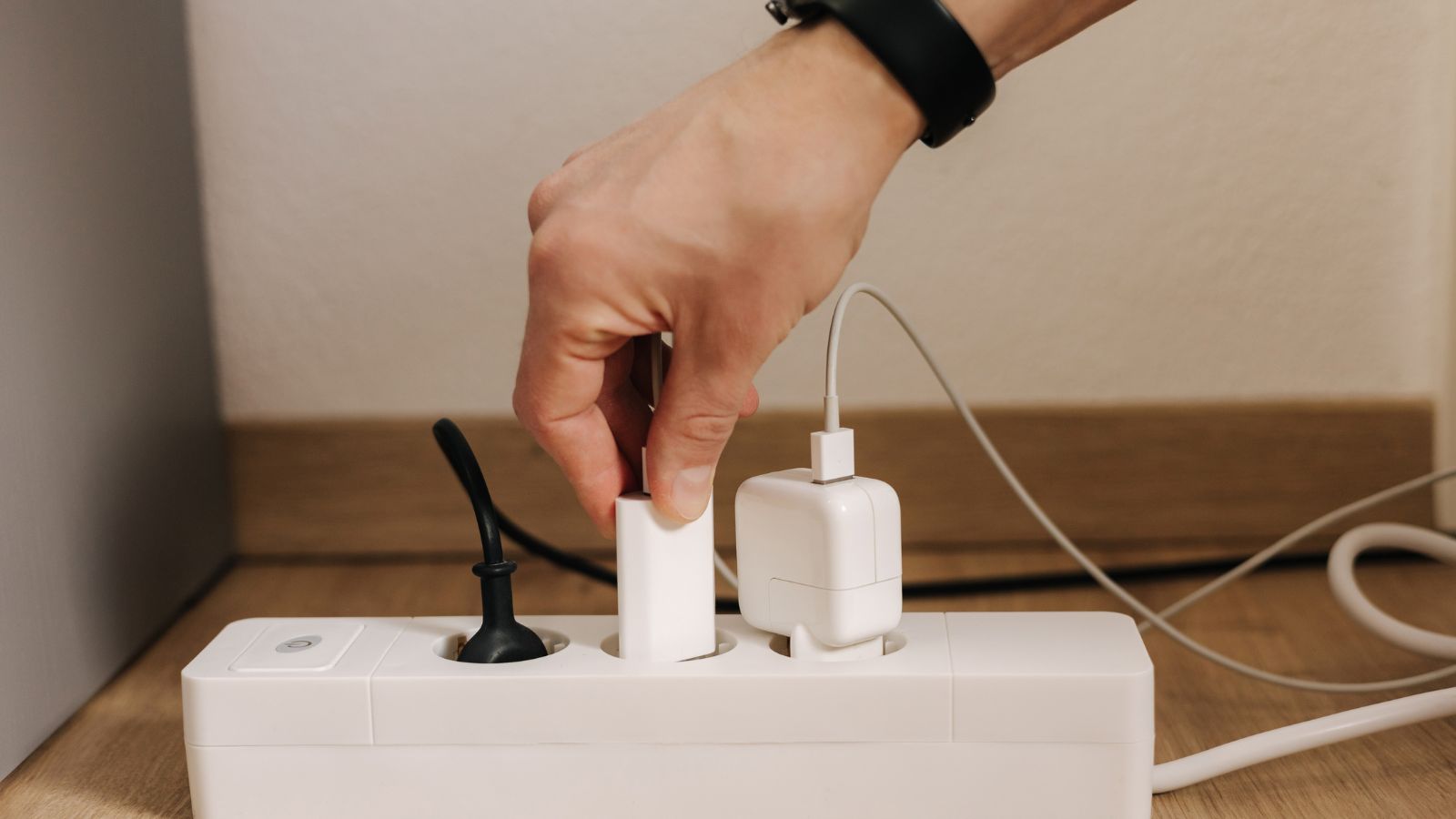
There’s no denying that extension cords are convenient, but they’re meant for temporary use, not permanent setups. Over time, they can wear out, increasing the chance of sparks or shorts. More still, running them under carpets or through walls compounds the risk by trapping heat, which could lead to a fire. So, if you need additional outlets, it’s better to install them rather than rely on extension cords.
Wrong-Sized Circuit Breakers
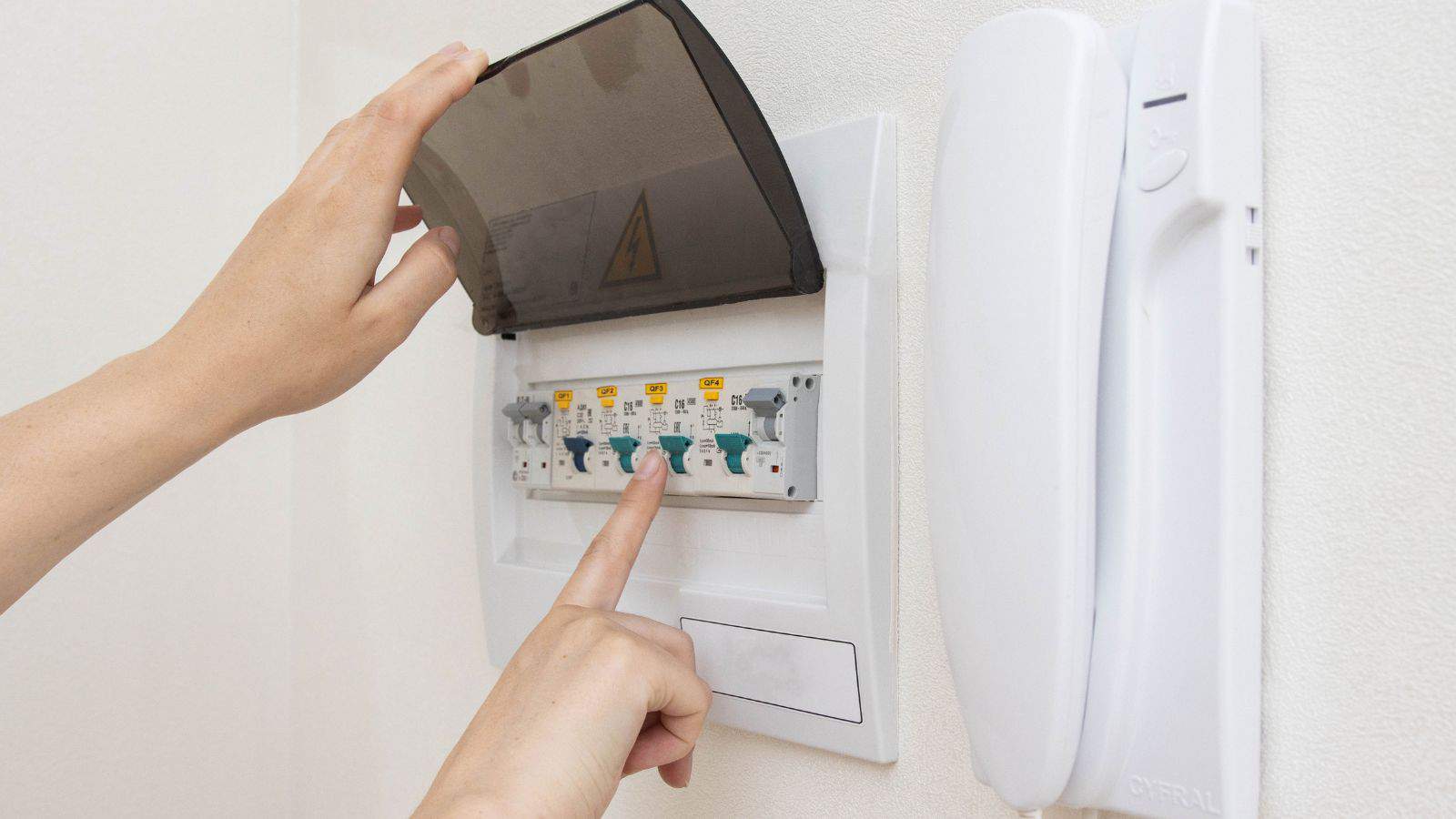
Even if you think this is going over your head, keep in mind that circuit breakers must match the wiring’s load capacity. Make the mistake of using an oversized breaker, and this could allow wires to overheat, as it won’t trip at the correct limit, potentially causing fires. Overall, always check breaker sizes against your wiring, or you might regret this oversight.
Loose Outlets and Switches
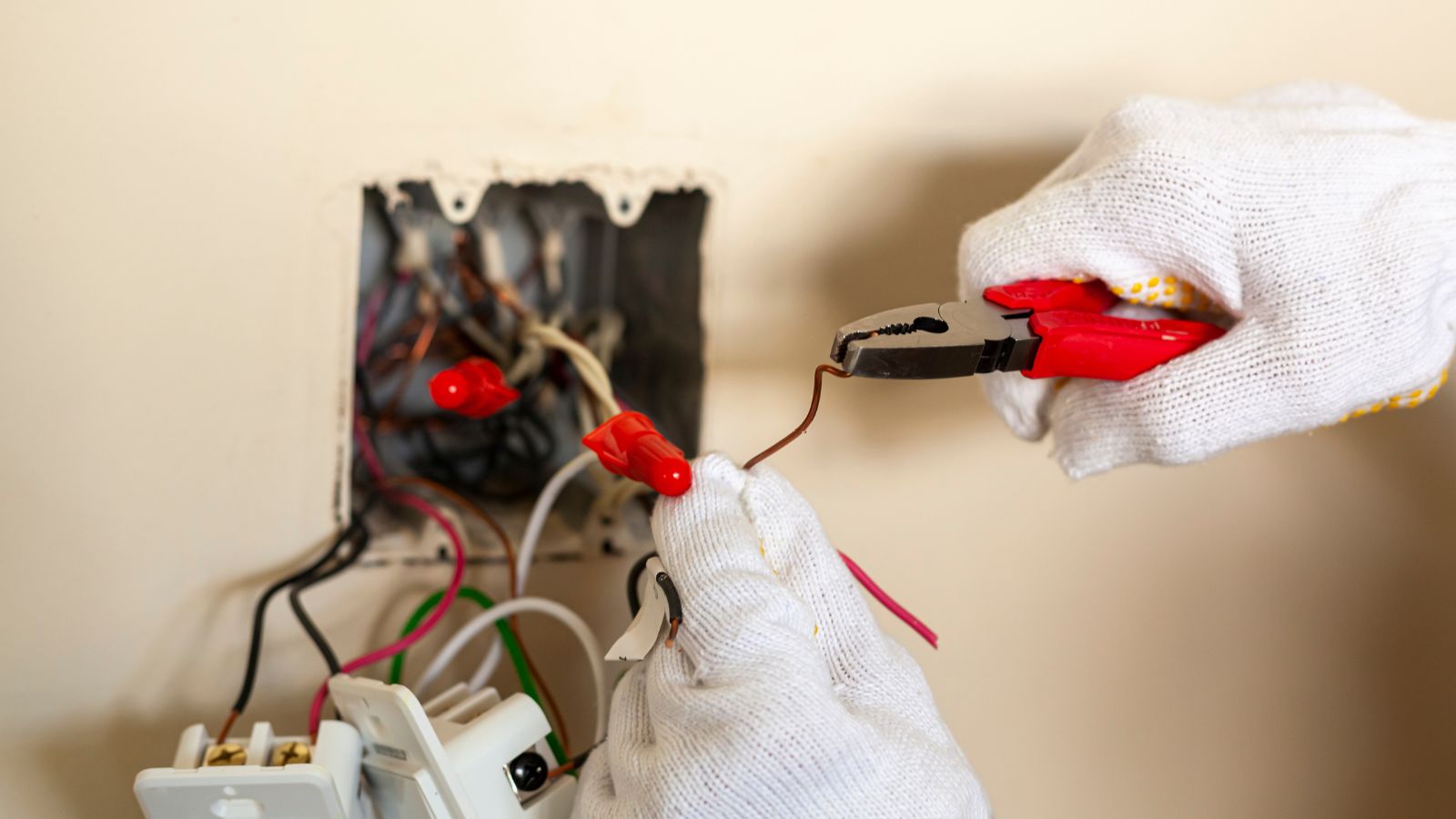
We’ve all had the experience of becoming frustrated by loose outlets and switches, but these aren’t just inconveniences—they’re dangerous. Loose wiring connections can create sparks and heat, increasing the risk of an electrical fire. Therefore, if you notice a wobbly outlet or switch, it’s time to secure it properly, and if you can’t do that, get someone to help you rather than ignore it.
Installing Light Bulbs with the Wrong Wattage
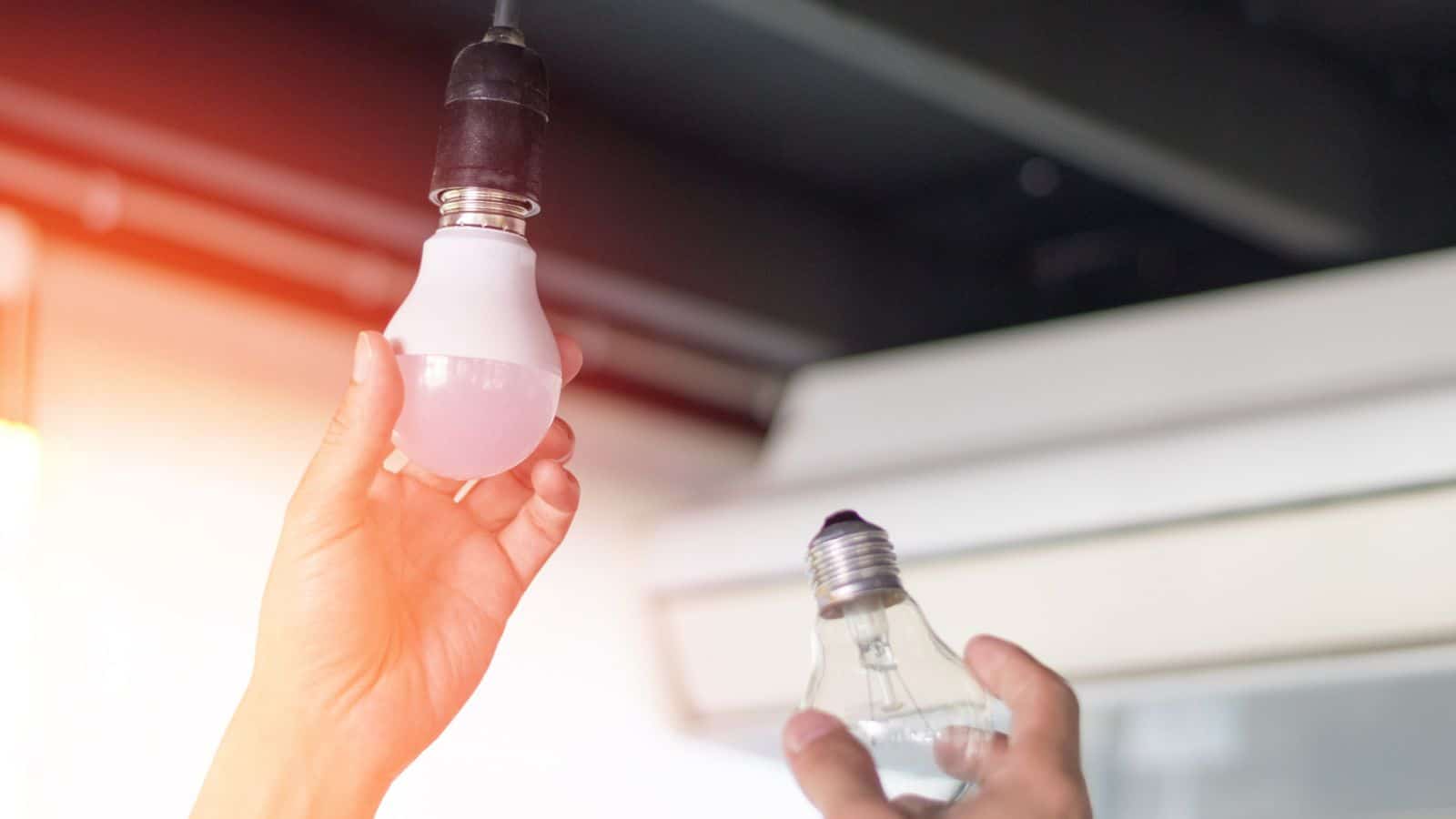
Believe it or not, choosing the wrong light bulb for your room can actually spell disaster. This is because light fixtures are rated for specific wattages, and using bulbs that exceed this rating can lead to overheating. Over time, excessive heat damages both the fixture and wiring, which could start a fire. To prevent this, always check the fixture’s recommended wattage before choosing a bulb to keep everything safe and functional.
Overlooking Electrical Panel Maintenance
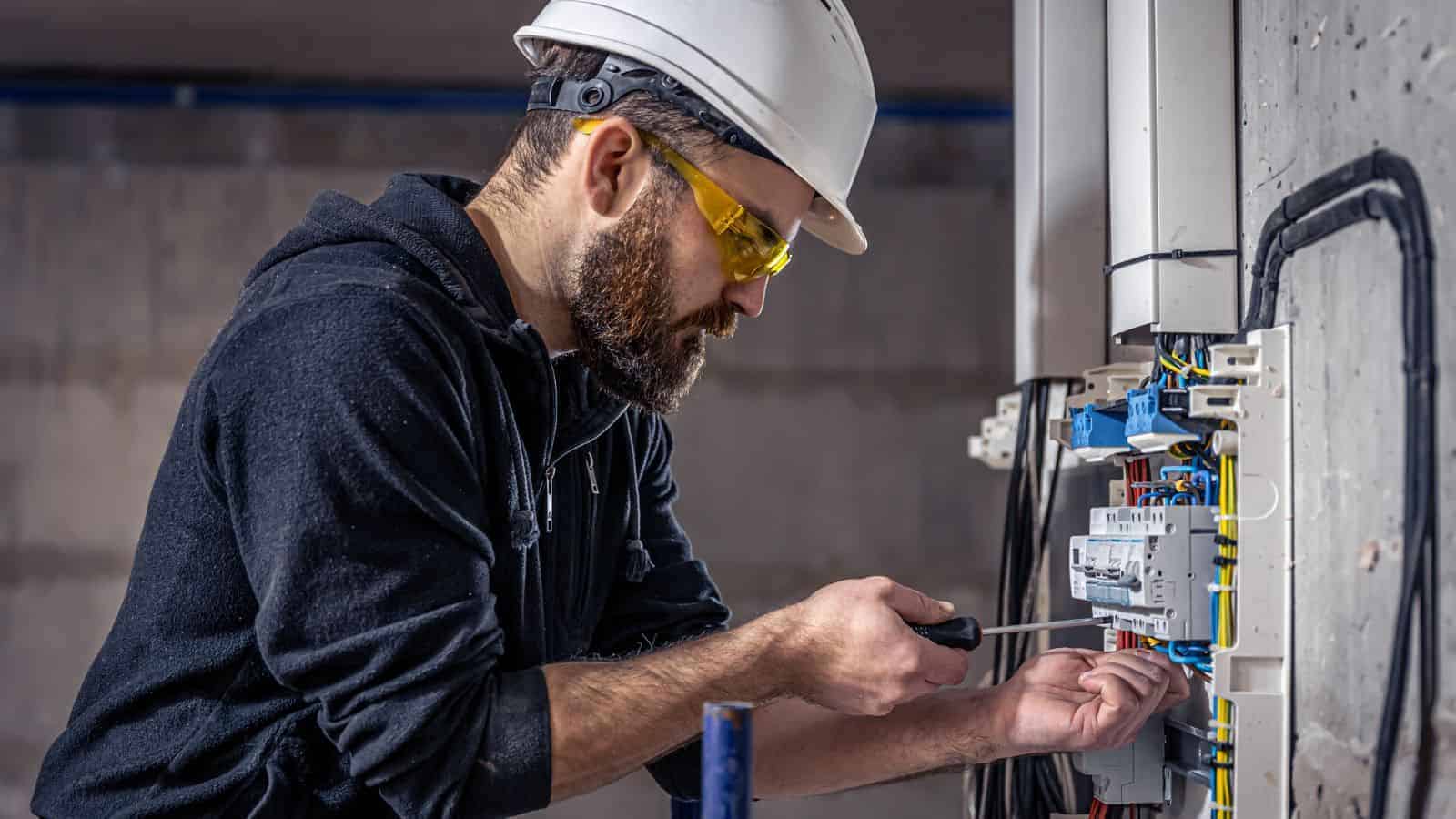
Your electrical panel distributes power throughout your home, and regular maintenance keeps it working safely. Ignoring this maintenance can lead to corroded breakers, faulty connections, or other unseen problems, but outrageously, this is all too common. Don’t be another statistic–periodically inspect the panel, and if something looks off or you hear unusual buzzing, it’s best to call a professional.
Incorrectly Sized Wires

Here’s another electrical DIY tip for you–wire thickness, or gauge, matters a lot when it comes to electrical load. Using a wire that’s too thin for the load it’s carrying can cause overheating and eventual fire, and although wires that are too thick don’t typically lead to fire risks, they can lead to inefficiencies in power delivery. The only thing this will lead to is further electrical problems, so do yourself a favor and get it sorted.
Unsecured Electrical Boxes
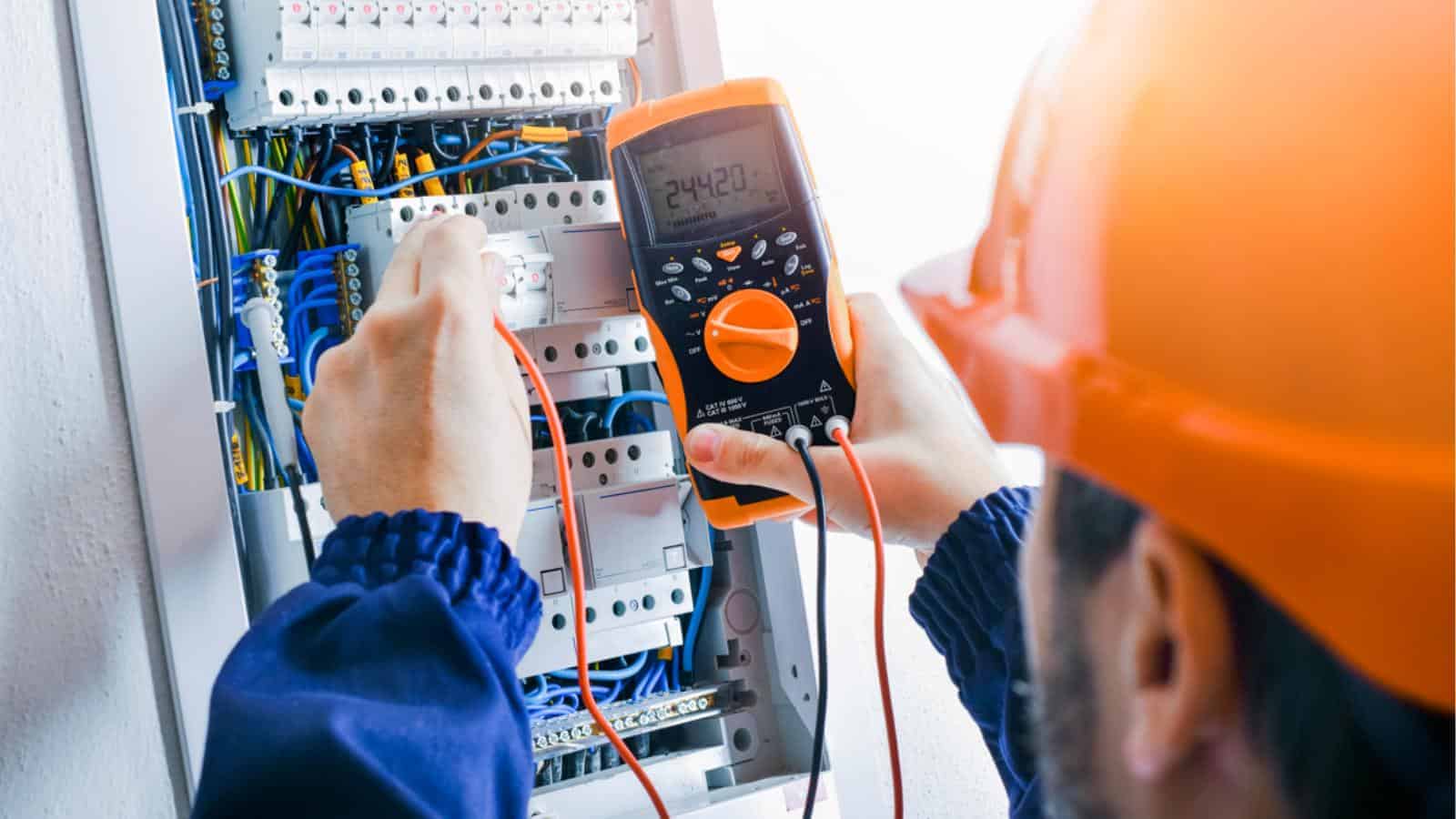
Every electrical box, whether for an outlet or switch, should be securely mounted, as loose boxes can strain connections, leading to wear and tear on the wiring. Over time, this wear increases the risk of arcing or fire, and as a result, if you notice any movement in an electrical box, it’s essential to tighten it up.
Neglecting Outdoor Outlet Protection
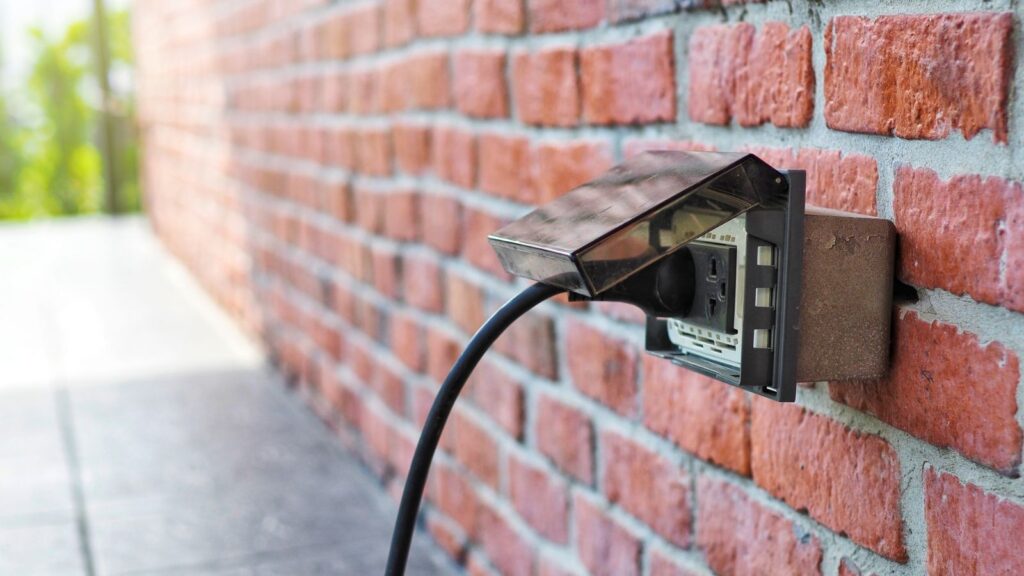
Some homes in the U.S. feature outdoor outlets, and while this can be convenient for outdoor cooking and entertainment, these sockets face serious exposure to moisture and extreme weather. Don’t panic, though–as long as you use a weatherproof cover, you can prevent rain or snow from seeping in. Fail to take care of this, though, and you can expect short circuits, shocks, or worse.
Reversed Polarity on Outlets
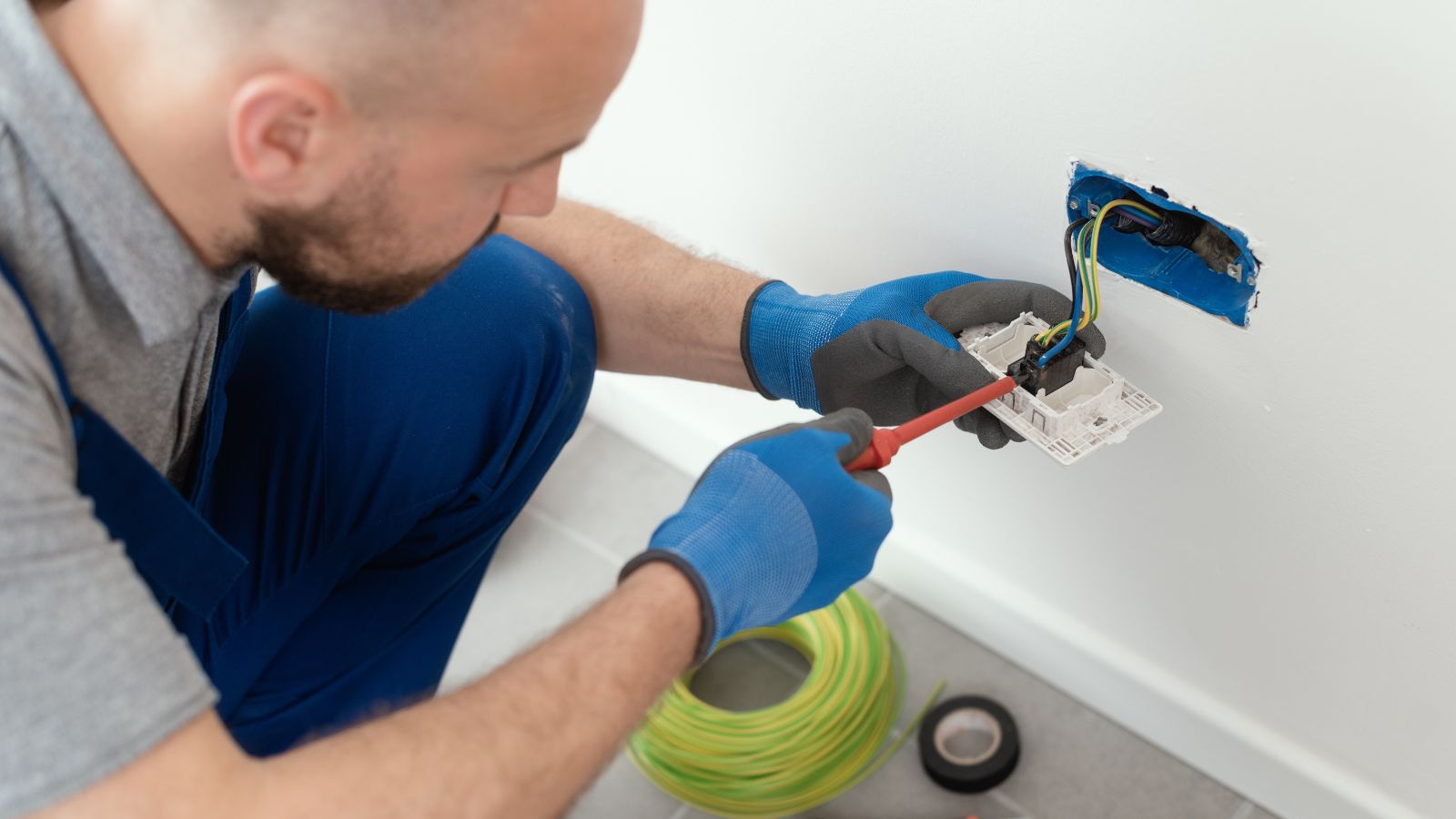
Reversed polarity occurs when the hot and neutral wires are switched on an outlet, posing a shock hazard. While the outlet may seem to work fine, reversed polarity can still increase the risk of electrical shocks when handling devices. Thankfully, though, all you’ll need to assess this is a simple polarity tester, which can confirm proper wiring, ensuring the outlet is wired correctly.
Failing to Turn Off Power Before Work
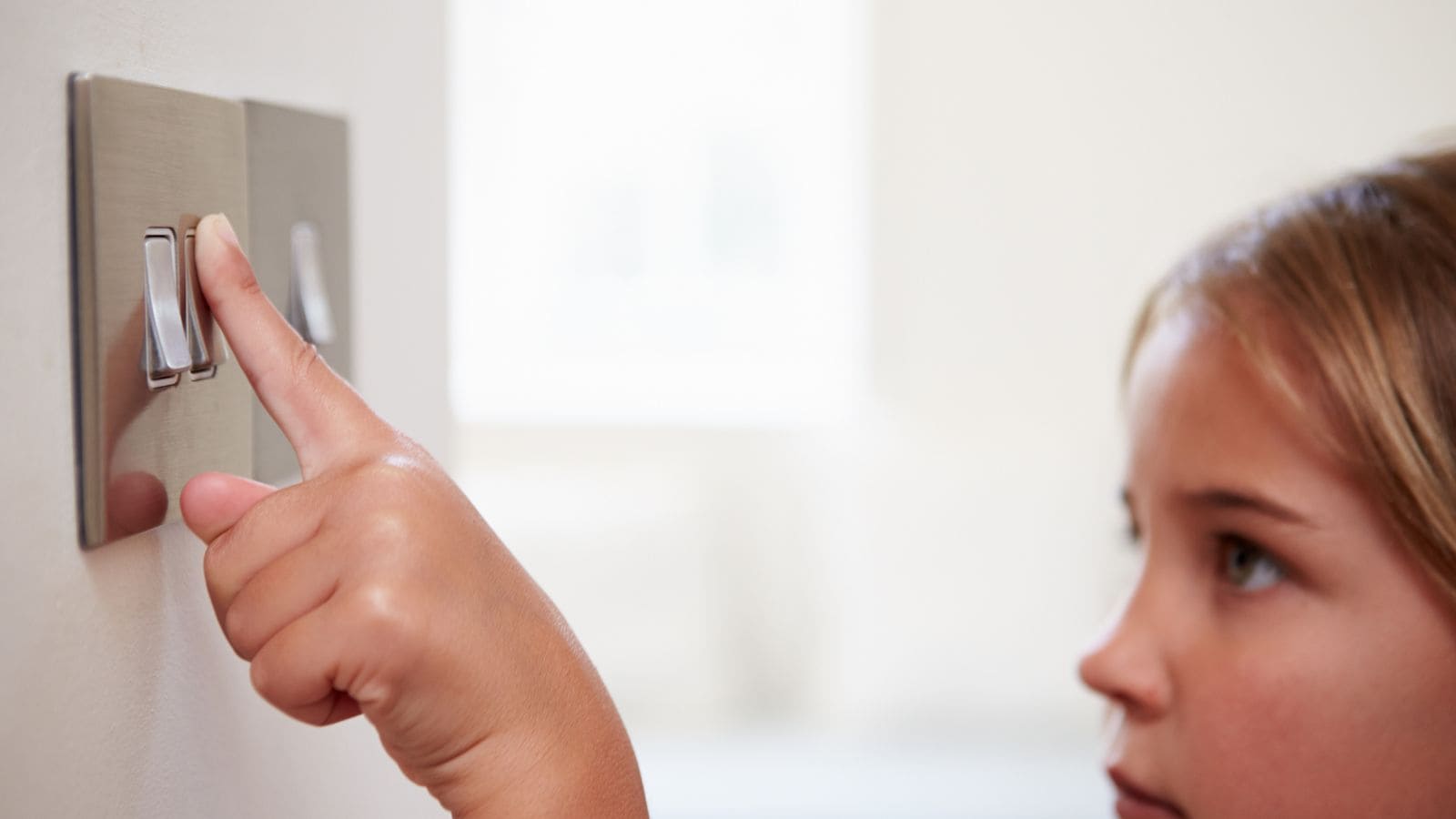
Even the most minor electrical work requires shutting off the power to avoid accidental shocks, as forgetting this basic step can lead to serious injury. Always make it a habit to turn off the appropriate breaker, even if you’re just changing a fixture or inspecting wiring. It might also be worth waiting for a few extra seconds after turning it off to guarantee safety.
Ignoring Small Electrical Sparks
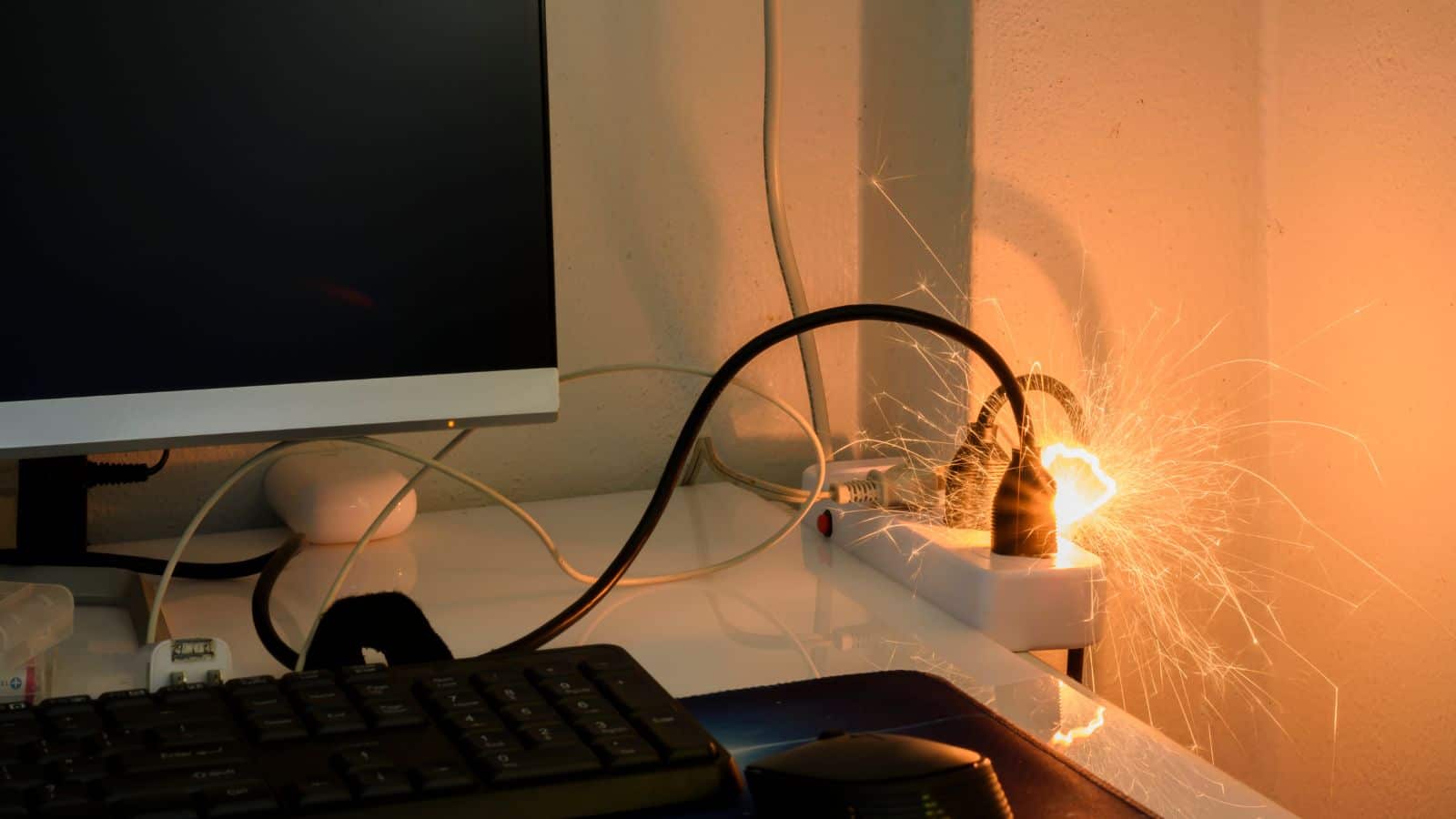
It’s a very common yet dangerous mistake to ignore electrical sparks when plugging in or unplugging devices, even if they’re tiny. Don’t brush this off as normal—frequent sparks indicate faulty connections or loose wires, both of which can cause overheating or fire. Instead, it’s always best to investigate the source, as sparks are often the first sign that something is wrong with your setup.
DIY Electrical Repairs without Proper Knowledge
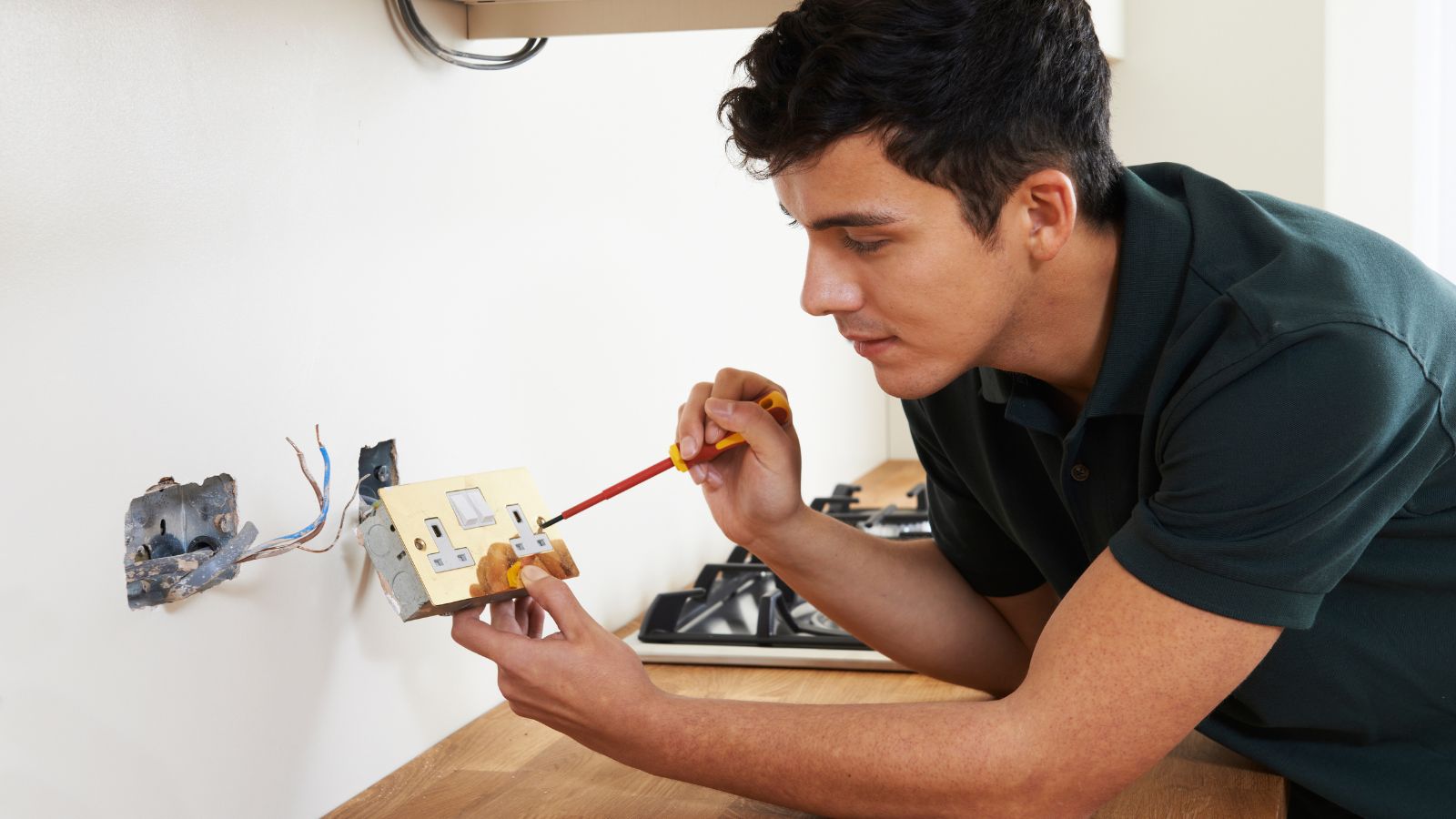
Perhaps the most important advice on this entire list is to never attempt DIY electrical repairs without holding the necessary knowledge. This simply is not something that you can just learn through a few YouTube tutorials; professionals train for years to ensure they can conduct electrical work safely, so don’t even think about getting involved if you don’t know what you’re doing or you could be quite literally playing with fire.
